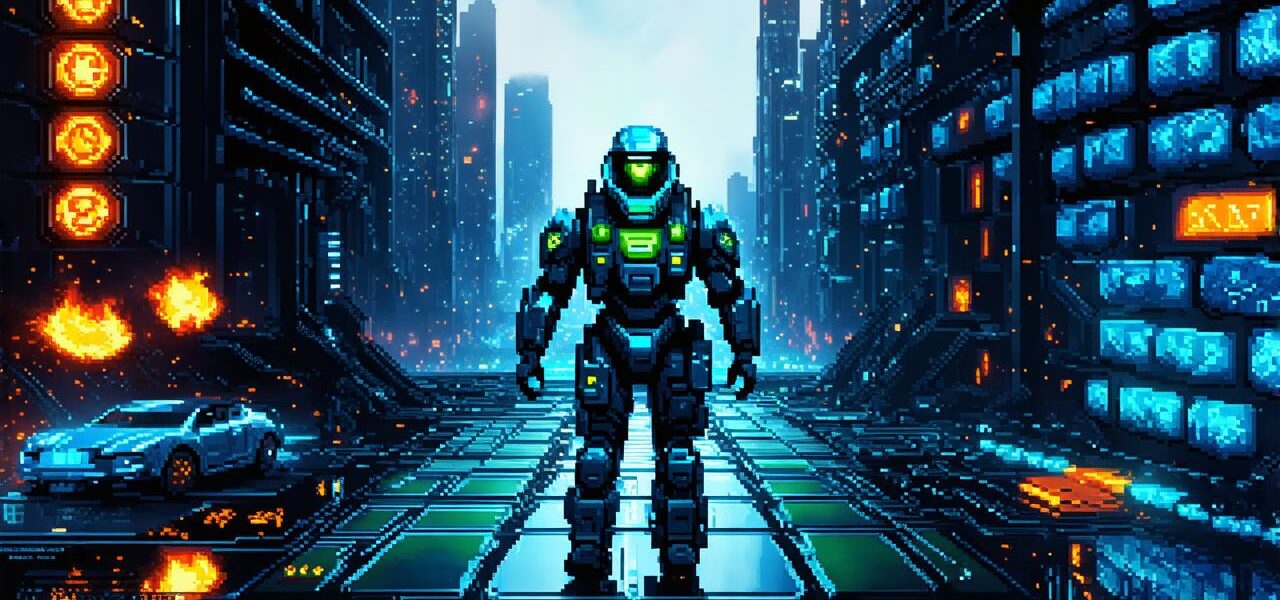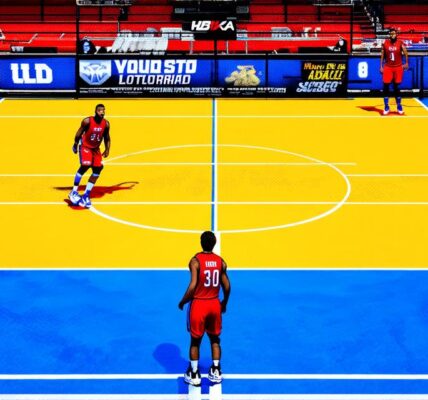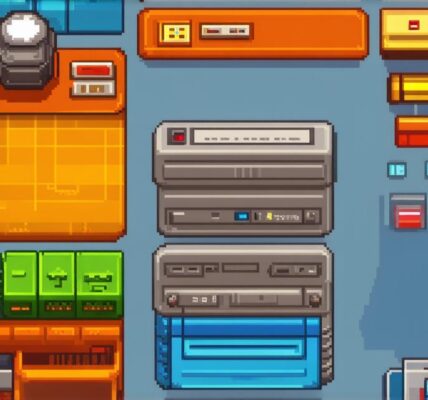Video game design is an increasingly popular career path that requires creativity, technical skills, and a passion for games.
As video games continue to evolve, so does the need for skilled designers who can create immersive and engaging experiences for players. In this article, we will explore the career cluster that video game design falls under, as well as its sub-fields and potential job opportunities.
Career Cluster:
Video game design is part of the broader field of interactive entertainment, which encompasses a wide range of industries and professions related to creating digital content and experiences. Interactive entertainment includes game development, virtual reality (VR), augmented reality (AR), and other forms of digital media.
Sub-Fields:
There are several sub-fields within game production that video game designers may specialize in. These include:
-
Gameplay Programming: Video game designers who specialize in gameplay programming are responsible for creating the game’s mechanics and rules, as well as ensuring that the game runs smoothly and efficiently. They use programming languages such as C++ and Python to create game engines and scripts that control the behavior of objects and characters within the game.
-
Level Design: Video game designers who specialize in level design are responsible for creating the game’s environments, including the layout, terrain, and objects. They work with artists and other designers to ensure that the levels are visually appealing and provide a challenging and engaging experience for players.
-
Character Design: Video game designers who specialize in character design are responsible for creating the game’s characters, including their appearance, personality, and behavior. They work with artists and animators to ensure that the characters look and move realistically, and that they add depth and complexity to the game’s story and world.
-
Narrative Design: Video game designers who specialize in narrative design are responsible for creating the game’s story and dialogue, as well as ensuring that the player is emotionally engaged with the game’s characters and events. They work closely with writers and directors to create a cohesive and compelling narrative that draws players into the game’s world.

Job Opportunities:
The video game design industry is growing rapidly, with new job opportunities emerging in areas such as mobile gaming, esports, and virtual reality. Some potential job opportunities for video game designers include:
-
Gameplay Programmer: Gameplay programmers are responsible for creating the game’s mechanics and rules, as well as ensuring that the game runs smoothly and efficiently. They work with other designers to create a seamless and engaging gaming experience for players.
-
Level Designer: Level designers are responsible for creating the game’s environments, including the layout, terrain, and objects. They work with artists and other designers to ensure that the levels are visually appealing and provide a challenging and engaging experience for players.
-
Character Designer: Character designers are responsible for creating the game’s characters, including their appearance, personality, and behavior. They work with artists and animators to ensure that the characters look and move realistically, and that they add depth and complexity to the game’s story and world.
-
Narrative Designer: Narrative designers are responsible for creating the game’s story and dialogue, as well as ensuring that the player is emotionally engaged with the game’s characters and events. They work closely with writers and directors to create a cohesive and compelling narrative that draws players into the game’s world.
Conclusion:
Video game design is a highly rewarding career path that combines creativity, technical skills, and a passion for games. As video games continue to evolve, so does the need for skilled designers who can create immersive and engaging experiences for players.




